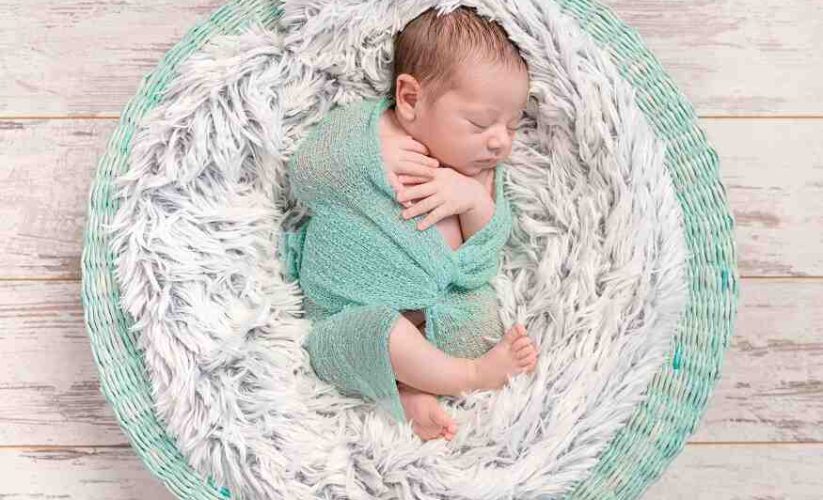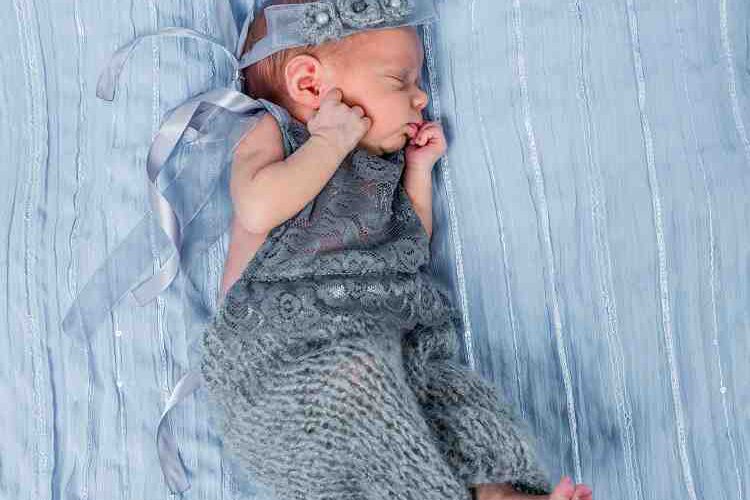
Swaddles vs. Wearable Blankets: Which is Better?
Swaddles vs. Wearable Blankets: Which is Better?
When it comes to ensuring your baby sleeps safely and comfortably, parents often find themselves choosing between swaddles and wearable blankets. Both options have their benefits and drawbacks, and the right choice can depend on factors such as your baby’s age, sleep habits, and safety considerations. This article explores the key differences, pros and cons, and practical insights to help you decide which option is better for your little one.
Understanding Swaddles
Swaddling has been a traditional practice for centuries, providing newborns with a snug, womb-like environment. A swaddle is essentially a blanket that wraps around the baby, securing their arms to prevent the startle reflex, which can disturb sleep. Swaddles come in various forms, including traditional blankets and modern swaddle sacks with Velcro or zipper closures.
Pros of Swaddles
- Better Sleep for Newborns: The snug fit of a swaddle mimics the comforting environment of the womb, helping newborns feel secure and sleep more soundly.
- Reduces Startle Reflex: The Moro reflex, or startle reflex, is common in infants and can wake them during sleep. Swaddling helps minimize these disruptions.
- Eases Transition to Life Outside the Womb: Swaddling provides a familiar, calming sensation for newborns adjusting to their new environment.
- Helps with Colic: For babies experiencing colic, swaddling can offer a sense of security that may help reduce fussiness.
Cons of Swaddles
- Safety Concerns if Not Done Correctly: Incorrect swaddling techniques can lead to hip dysplasia or suffocation risks if the blanket becomes loose.
- Limited Use: Swaddling is only safe during the newborn phase. Once the baby starts showing signs of rolling over, usually around 2 to 4 months, it’s time to transition away from swaddles.
- Overheating Risk: Overheating is a concern if parents use thick materials or cover the baby with additional blankets.
Understanding Wearable Blankets
Wearable blankets, also known as sleep sacks, are sleeveless, wearable coverings designed to keep babies warm without the risks associated with loose bedding. These blankets allow free arm movement while enclosing the legs, promoting safety and comfort.
Pros of Wearable Blankets
- Safe Sleep Environment: Wearable blankets eliminate the risks of loose bedding, reducing the chances of Sudden Infant Death Syndrome (SIDS).
- Easy to Use: Many wearable blankets come with zippers or snaps, making nighttime diaper changes simpler.
- Longer Usage Period: Unlike swaddles, wearable blankets can be used from infancy through toddlerhood, depending on the design.
- Temperature Regulation: Available in various fabrics, wearable blankets can accommodate different room temperatures to keep babies comfortable year-round.
Cons of Wearable Blankets
- Less Effective for Newborns: While wearable blankets provide warmth, they don’t offer the snugness that helps newborns sleep better.
- Adjustment Period: Babies used to swaddling may need time to adjust to the freedom of a wearable blanket.
- Sizing Issues: Choosing the right size is crucial for safety. An oversized sleep sack may cover the baby’s face, posing suffocation risks.
Key Differences Between Swaddles and Wearable Blankets
- Purpose: Swaddles aim to restrict movement and soothe newborns, while wearable blankets provide warmth and safety for older infants and toddlers.
- Age Appropriateness: Swaddles are ideal for newborns but become unsafe once babies start rolling over. Wearable blankets can be used from infancy well into toddlerhood.
- Safety Features: Both options prioritize safety, but swaddles require more caution to ensure proper wrapping, whereas wearable blankets reduce risks associated with loose bedding.
- Ease of Use: Modern swaddles often come with Velcro or zippers for convenience, but wearable blankets are generally more straightforward to use, especially for nighttime diaper changes.
When to Transition from Swaddles to Wearable Blankets
Transitioning from swaddles to wearable blankets is essential for safety and comfort. Signs that it’s time to make the switch include:
- Rolling Over: When your baby starts rolling, typically between 2 and 4 months, swaddling becomes unsafe.
- Increased Restlessness: If your baby frequently breaks free from the swaddle, it might be time to introduce a sleep sack.
- Growth Spurts: As babies grow, they often need more freedom to move their arms and legs, making wearable blankets a better choice.
How to Make the Transition Easier
Switching from swaddles to wearable blankets can be challenging for some babies. Here are some tips to ease the transition:
- Start Gradually: Begin by leaving one arm out of the swaddle for a few nights, then both arms, until your baby gets used to the wearable blanket.
- Use Transitional Products: Some swaddle designs allow arms-out swaddling, serving as a middle ground before fully switching to a sleep sack.
- Maintain Sleep Routines: Stick to familiar bedtime routines to provide consistency and comfort.
- Choose the Right Wearable Blanket: Opt for a sleep sack that suits the current room temperature and provides enough space for natural movement.
Which Option is Better?
Determining whether swaddles or wearable blankets are better depends largely on your baby’s age, developmental stage, and sleep preferences. Here’s a quick guide to help you decide:
- Choose Swaddles If:
- Your baby is a newborn who needs a snug, womb-like environment.
- You want to reduce the startle reflex for better sleep.
- You feel confident in safely swaddling your baby.
- Choose Wearable Blankets If:
- Your baby has started rolling over or outgrown the swaddling phase.
- You prioritize ease of use for diaper changes.
- You want a long-term sleep solution for colder nights.
Safety Tips for Both Swaddles and Wearable Blankets
Regardless of which option you choose, safety should always be the top priority. Follow these guidelines to ensure your baby’s sleep environment remains safe:
- Monitor Temperature: Babies can overheat easily, so choose breathable fabrics appropriate for the season.
- Follow Age Guidelines: Use swaddles only for newborns and transition to wearable blankets as soon as rolling begins.
- Ensure Proper Fit: A well-fitted swaddle or wearable blanket should not cover the baby’s face or restrict hip movement.
- Check for Wear and Tear: Regularly inspect swaddles and sleep sacks for signs of damage, such as loose threads or worn-out Velcro.
Conclusion
Both swaddles and wearable blankets offer unique benefits that cater to different stages of your baby’s development. Swaddles provide the snug comfort that newborns crave, while wearable blankets offer a safer, more practical solution as babies grow. Understanding the advantages and limitations of each can help you make an informed decision, ensuring your baby sleeps soundly and safely through each stage of early development.


